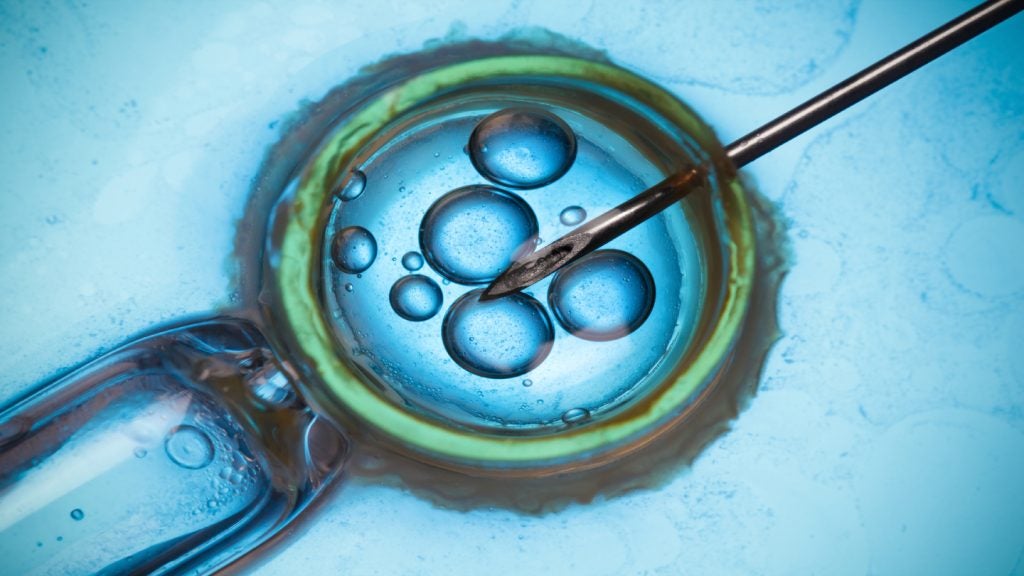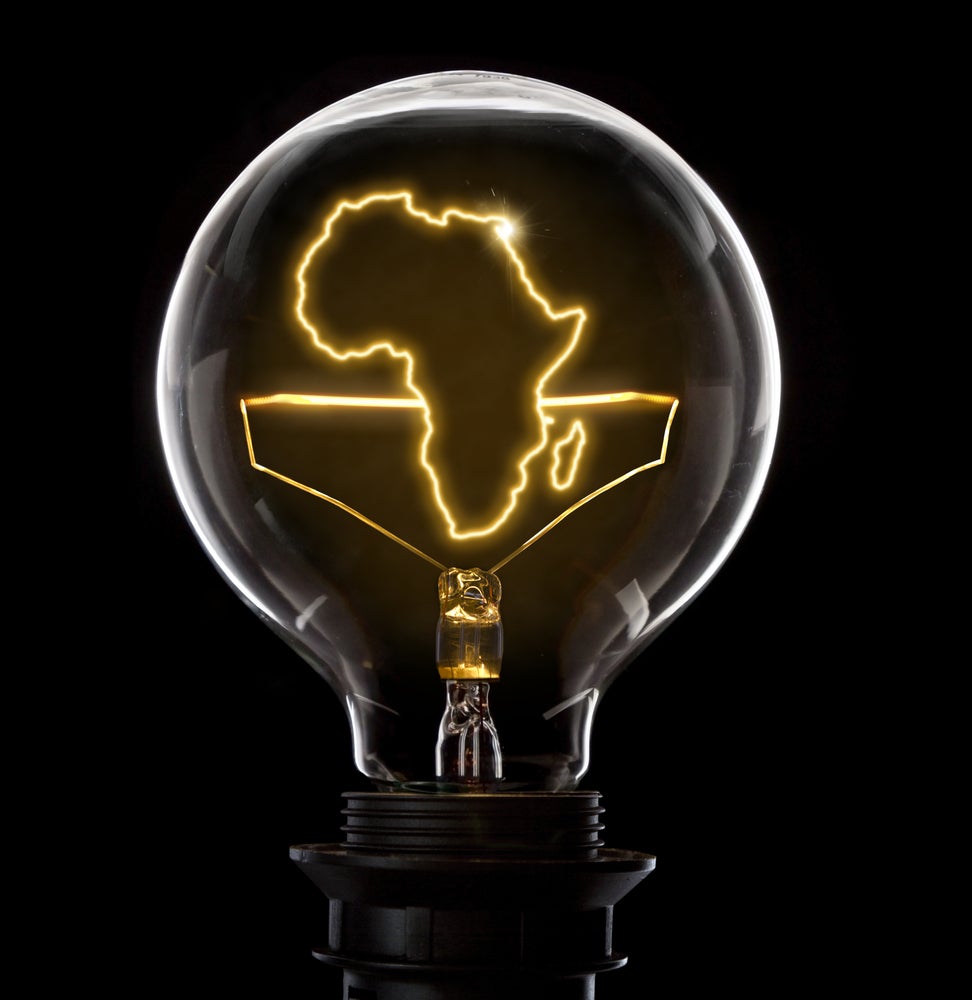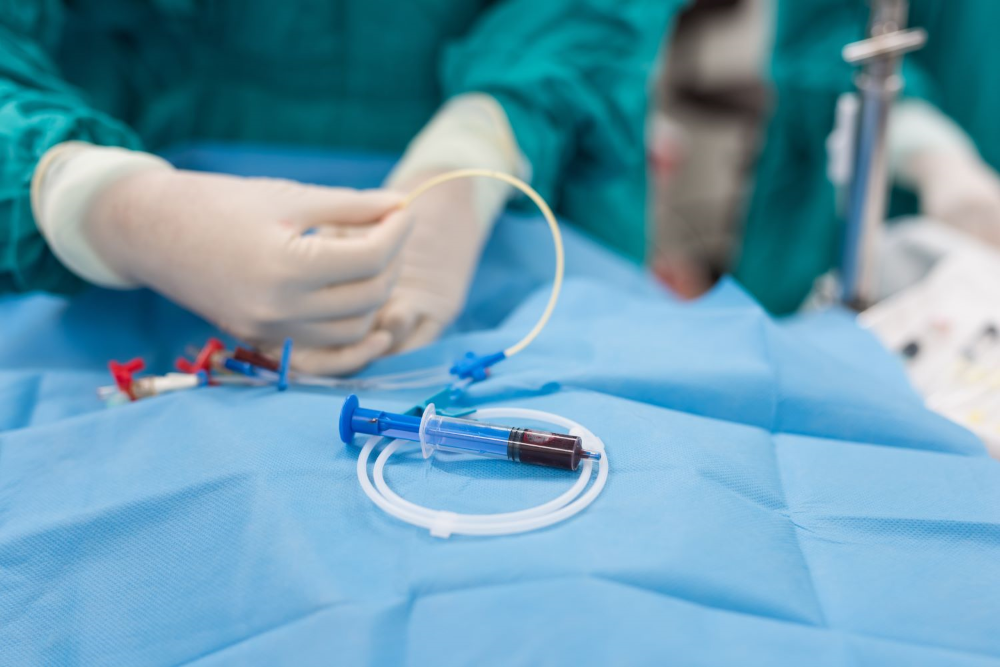
Bluetooth is already the de facto wireless standard for health and fitness devices. Whether that’s a defibrillator, a weight scale, a heart rate belt, a glucose meter or a Wii Fit Balance Board, manufacturers have been enthusiastic in choosing Bluetooth to solve their connectivity issues. Bluetooth offers advantages that other wireless options, whether standard or proprietary, are not capable of providing.
Medical devices are still not perfect; the manner in which data is formatted remains proprietary, so similar devices from different vendors cannot talk to the same application. Bluetooth has worked with the Continua Alliance and the IEEE 11073 Personal Health Devices group to bring its Health Device Profile to market. It is a first joint step to remove this proprietary barrier and offer interoperability. However, this is only the tip of the healthcare iceberg. The next vital step will appear health and fitness devices become cheaper and can be connected to the web using mobile phones.
The next Bluetooth standard, Bluetooth low energy will enable a new generation of battery-powered health and fitness devices to talk directly to web-based applications. Using the power of the scale and customer reach of the mobile networks and handset manufacturers, Bluetooth low energy has the potential to bring health monitoring to the entire world. It cannot come soon enough.
The demographics of the world’s population are changing. Advances in hygiene and medicine have brought longer life, but with it increasing years of ill health and a growing incidence of long-term chronic conditions. The models on which healthcare has been built cannot stand up to these pressures, which drain an ever greater part of GDP every year.
Bluetooth has proven itself to be robust; in terms of performance, reliability, interoperability and also in intellectual property. Whereas other standards leave licensing risks to each manufacturer, the Bluetooth standard operates a RANDZ policy, giving manufacturers the confidence to incorporate the technology into their products without the need to pay licence fees, and virtually free from the risk of being sued for patent infringement.
See Also:
Supporting healthcare
How well do you really know your competitors?
Access the most comprehensive Company Profiles on the market, powered by GlobalData. Save hours of research. Gain competitive edge.

Thank you!
Your download email will arrive shortly
Not ready to buy yet? Download a free sample
We are confident about the unique quality of our Company Profiles. However, we want you to make the most beneficial decision for your business, so we offer a free sample that you can download by submitting the below form
By GlobalDataHealthcare as something that a patient embraces throughout their life places stringent requirements on technologies to support it. It requires an infrastructure that will measure what we do and how we interact with our environment, which then places that information securely into our health records. Depending on where we are in our lives, that may be personal data for our own use, data that we share with our clinicians, data which is shared with support communities, or with our families. It may be generated when we are at home, at work, at play, or within a medical environment.
It’s important that a technology can support that range of lifestyle options, or we run the risk of moving from the old position of being institutionalised by a hospital to becoming institutionalised by a technology. With over three billion deployed products, Bluetooth has not only proved that it can support a wide range of applications, it has assembled a community that knows how it needs to evolve. It is already incorporated within a wide range of medical and fitness devices – the combined total exceeds 100 million, with devices in the home, as wearable sports gear, in ambulances and all the way through to US Food and Drug Administration-approved equipment.
In January 2006, the Bluetooth SIG inaugurated a Working Group dedicated to developing a standard to support existing and emerging medical devices and to bring compatibility and interoperability to this market. Membership came from medical device manufacturers, silicon suppliers and other supporters of the Bluetooth standard, who worked together to produce a Health Device Profile that was approved in 2008.
The Bluetooth Health Device Profile works with Bluetooth chips that support streaming data rates of up to 2.1Mbps. That means that it can support medical devices as complex as ECGs, which need to stream data. It is equally applicable for simple devices such as weight scales that only need to transmit small quantities of information. It builds on the underlying capabilities of the Bluetooth standard, which include:
- excellent resistance to interference from wireless LANs, through the use of adaptive frequency hopping
- best-in-class security, including immunity from ‘man-in-the-middle’ attacks, by utilising secure simple [airing with elliptic curve Diffie-Hellman public key cryptography
- low power operation, utilising sniff sub-rating modes to allow devices to enter power saving sleep states
- a rigorous qualification programme to ensure interoperability
- a licence-free regime that gives manufacturers the confidence to use it
- excellent range – up to 1km range products are available.
- global applicability, using the 2.4GHz band, which was negotiated worldwide by the Bluetooth SIG for Bluetooth technology
- low cost, as a result of the design of the specification and the economy of scale accruing from the production of billions of silicon chips by multiple vendors. This also gives security of supply for medical device manufacturers, whose products typically have much longer lives than those of consumer products.
With the advent of connectivity, whether by a cable to a network, or via a wireless link, it is important that medical data from different devices speak the same language. As they feed data into a central electronic health record it is vital that the information gathered from different makes of monitor is consistent. To help achieve that, a group within the IEEE standards body has been defining a set of ‘device specialisations’, which mandate the way in which data is represented by specific types of medical device. Products that conform to these standards, known as IEEE 11073, provide the confidence that the patient data is consistent, whatever make or combination of devices is being used.
The IEEE 11073 family of standards already covers blood pressure monitors, thermometers, weight scales, glucose meters, pulse oximeters and heart/pulse rate monitor and more are being added to this list. The Bluetooth Health Device Profile integrates these IEEE 11073 device specialisations. Products that meet this requirement can be further certified to carry a Continua logo to indicate their compliance.
Adding mobility to medical devices
Traditionally most medical devices are designed to be used within a medical environment. They are used by trained medical staff and provide information in a medical language and format. As public interest in personal healthcare increases, and as governments attempt to persuade people to be more aware of their health, we will see these products being supplemented by a rapid growth in personal medical devices, sold directly to consumers.
These devices will initially offer similar readings to the current range of medical products, but will need to evolve to offer more compelling personal feedback. Most users are not experienced in interpreting medical data – they would prefer feedback on trends that provide information they can use to improve their wellness. This argues for devices that can interact easily with web applications, as that will open the path for rapid innovation in novel forms of health feedback.
As yet it is impossible to tell whether that will come from medical suppliers, from support groups, from device manufacturers or from other developers. What is important is to adopt standards that will bring a critical mass of devices to the marketplace, providing the opportunity for innovation.
This change transforms the way that products need to connect. If they are going to allow the freedom of use which purchasers will require, they will need to be as mobile as our lifestyle. If this market is to be successful, it is likely to innovate with sensors that fit within clothing and sports equipment and which are so power efficient they can run off coin cells for years.
They will also need a wireless link that can meet these requirements at the same time as communicating the user’s health data through a mobile phone and back to their personal health record. Interoperability with mobile phones is vitally important to the growth of the market and critically requires a technology that is supported by handset vendors. Bluetooth low energy has been designed specifically to meet the needs of mobile health devices.
Bluetooth low energy
The Bluetooth low energy standard is a further evolution of existing Bluetooth technology. It starts from the point of acknowledging that almost every mobile phone contains a Bluetooth chip. This allows mobile phones to connect to existing health devices. Although these devices are low powered, they cannot be made sufficiently low power for some applications.
To obtain the absolute lowest power consumption, where even coin cells can power a device for years, you need to change the way in which a radio operates, so that it stays asleep for most of its life, consuming almost no power, then wakes up at the point that it has data to send, sends the data as quickly as possible and returns to its low power sleep mode.
The Bluetooth low energy chips destined for medical devices have been designed to perform in this manner. The specification has the potential to enable wireless devices operating in the 2.4GHz spectrum to have the lowest power consumption of ANY wireless standard. It achieves this without sacrificing the features that have made Bluetooth so successful – robustness to interference, excellent security, interoperability and a licence-free technology.
One of the most attractive aspects of this new Bluetooth technology is the way in which it will be implemented in mobile phones, PCs, residential gateways and home medical centres. These are devices that will connect Bluetooth health devices to a web based application. Within these, a single Bluetooth chip can share its radio to act both as a conventional Bluetooth HDP controller and a Bluetooth low energy controller at the same time.
The new specification has been designed to allow chip manufacturers to reuse most of the features of the Bluetooth chips being built. There is so little new circuitry required within these chips that they will cost no more than the chips currently being used within mobile phones. That means that they will rapidly find their way into new phone and laptop designs; in a very short space of time, all new mobile phones will support standard Bluetooth and Bluetooth low energy devices. Any company designing a medical home hub can use one of these chips in the knowledge that it will work with anything from an ECG to a door sensor. One design will support any device in the wireless ecosystem.
Enabling today and the future
The existing version of the Continua standard has an architecture where data is consumed by collecting devices before it is transmitted on to the next participant in the chain en route to the eventual health record. This is derived from existing clinical devices, where a local monitor will display the results of the sensor attached to the patient for the nurse or doctor to see before storing it in the hospital database. For mobile devices that need small batteries it has a few disadvantages.
Firstly, it requires a large amount of data to be transferred, which will reduce the battery life of a personal health sensor. Secondly, it requires the collector device to contain enough processing power to display that information. For many medical products this is not a problem, but for the lowest powered ones it requires more data to be transmitted than is necessary. It also puts the onus on phone manufacturers to provide applications that understand the whole range of potential different sensors.
For the simplest and lowest-powered sensors it is more attractive to treat the phone or gateway as no more than a secure data transmission pipe that can send the data directly to a remote server. With this approach the intelligence is within the server, rather than the phone. Bluetooth low energy can take advantage of this by allowing the server to talk to the sensor the first time it is connected and determine how it works. They can then negotiate with each other to reduce the amount the data that is transferred over the wireless link, so that only events or changes are reported.
Although the first and most prolific gateways will be mobile phones, they can be Ethernet adaptors for cable and DSL modems, set-top boxes, PCs or any other device that supports a back link to an IP address. This approach reduces the quantity of data that is transmitted, compared to a full IEEE 11073 exchange, but the server is able to faithfully reconstruct it into a full IEEE 11073 format for the health record. It also benefits the owners of gateway products, as less data needs to be transmitted, lowering costs if the gateway is passing data over a cellular network.
A wireless technology for medical devices needs to support a variety of different connection topologies if it is to become ubiquitous. Today there are just over three billion Bluetooth devices in existence. In 2011, there will be more Bluetooth devices than people. From the start of 2010, mobile phones will incorporate chips that support standard and low energy Bluetooth.
The ability of the new generation of Bluetooth chips to support any Bluetooth medical device gives designers of mobile phones, PCs, gateways and home medical hubs unrivalled power to build devices that can talk to any personal Bluetooth medical device. The twin standards of Bluetooth low energy and Bluetooth cover the full diversity of products.
The options of full or reduced IEEE 11073 data transport will also enable innovation in the development of web-based applications for simple consumer wellness and sports requirements, stimulating development and further driving the ecosystem forward. Over the last three years the medical and sports community has come together with the Bluetooth working groups to define a wireless technology for the future. With the help of Bluetooth, the revolution in wireless healthcare is about to begin.
Research material has been referenced in this text. For full details please contact the editor.







